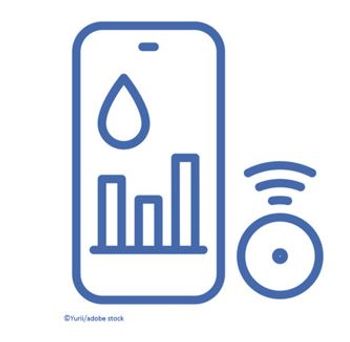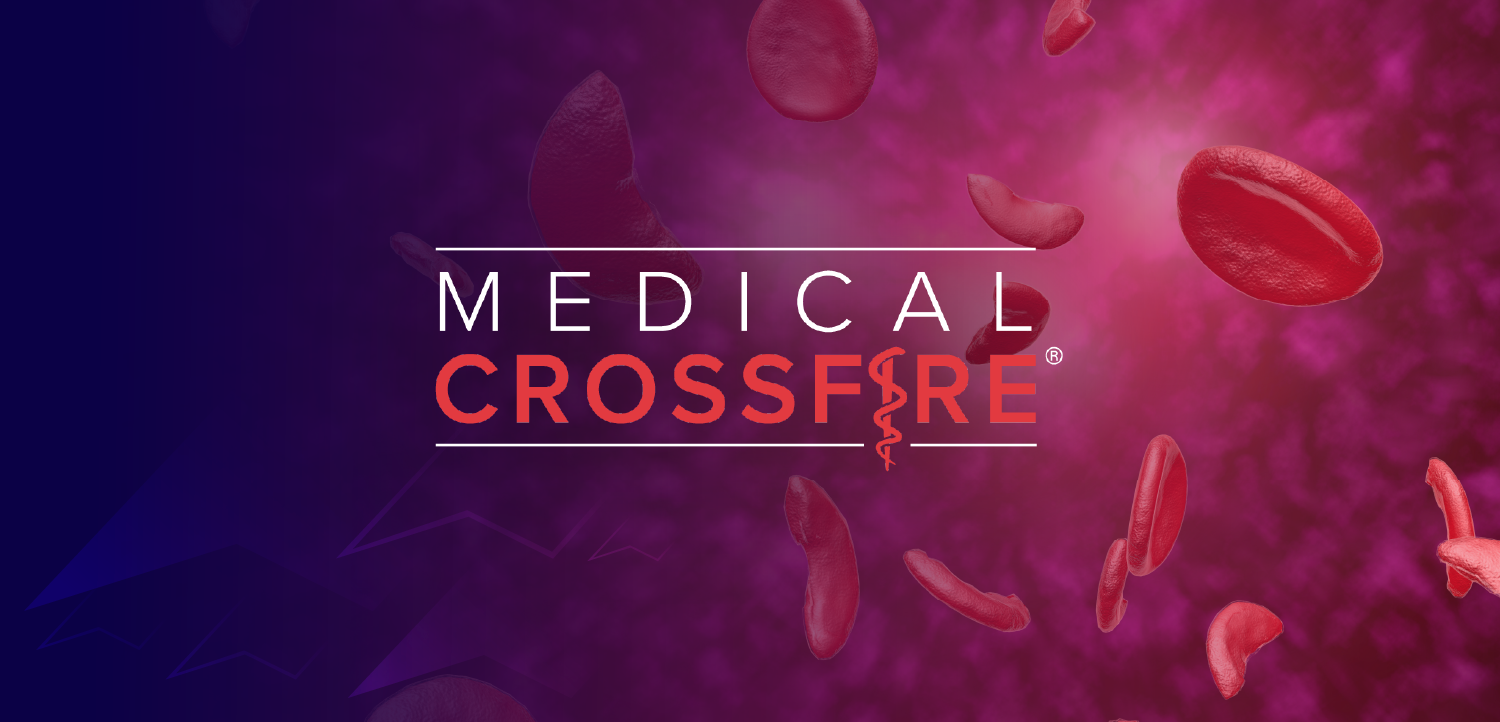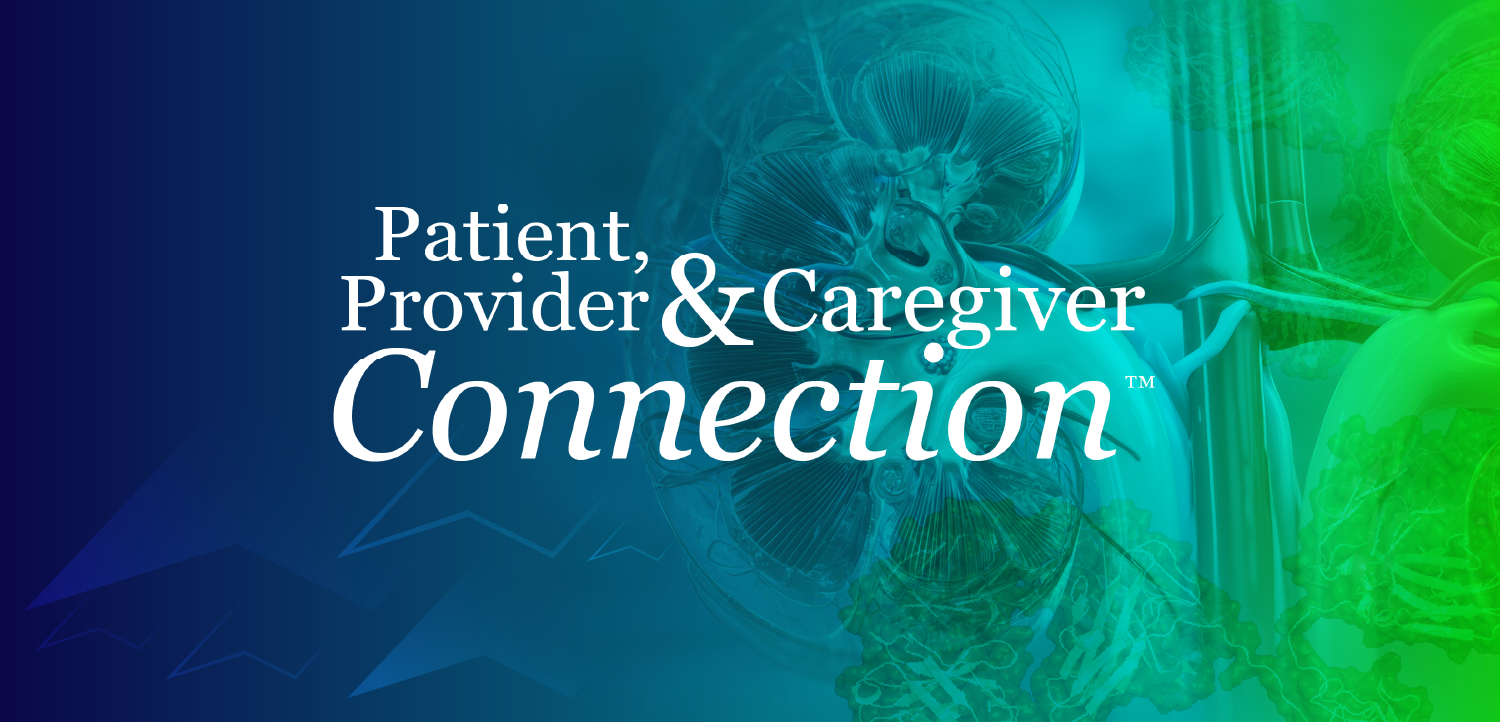
Why 4 Medical Societies Issued a Joint Advisory on Nutrition and GLP-1 Therapy for Obesity
Coauthor of a recent joint advisory, Jonathan Bonnet, MD, MPH, explains how it emerged in response to the growing use of GLP-1 medications for obesity treatment.
A recent
To gain more insight on the advisory, Patient Care sat down with one of the authors, Jonathan Bonnet, MD, MPH, a board-certified family, sports, obesity, and lifestyle medicine physician. In the video above, Dr Bonnet shares how and why the document came together, and emphasizes that optimizing patient outcomes with these agents requires more than prescribing.
Jonathan Bonnet, MD, MPH, is the program director of medical weight loss at the clinical resource hub weight management center at Palo Alto Veteran's Affairs in Palo Alto, California. He is also an associate professor (affiliate) at Stanford University School of Medicine, and serves on the board of the American Board of Lifestyle Medicine.
The following transcript has been edited for clarity, flow, and style.
Patient Care: Could you start with some background on how the concept for the new joint advisory on nutritional priorities to support GLP-1 medication for obesity came together?
Jonathan Bonnet, MD, MPH: I think most people are familiar with GLP-1s at this point—they’re being used pretty widely. We’re still learning how to use them optimally to give patients the best outcomes while avoiding unintended issues. Anytime there’s a new drug, there’s an art to using it. It’s not just about prescribing the medication and seeing what happens. Patients need support resources.
When you start giving a drug to thousands or millions of people, you begin to learn a lot—about side effects, how the medications affect daily life, and what behaviors patients are or aren’t changing. One of the key questions became: How can we optimally support patients from a nutrition perspective—and even from an exercise perspective? What new challenges might they face, and how can we be good stewards of these medications? We want to make sure the benefits patients gain from these drugs are supported by lifestyle behaviors that help ensure long-term success.
Newsletter
Enhance your clinical practice with the Patient Care newsletter, offering the latest evidence-based guidelines, diagnostic insights, and treatment strategies for primary care physicians.



















































































































































































































































































